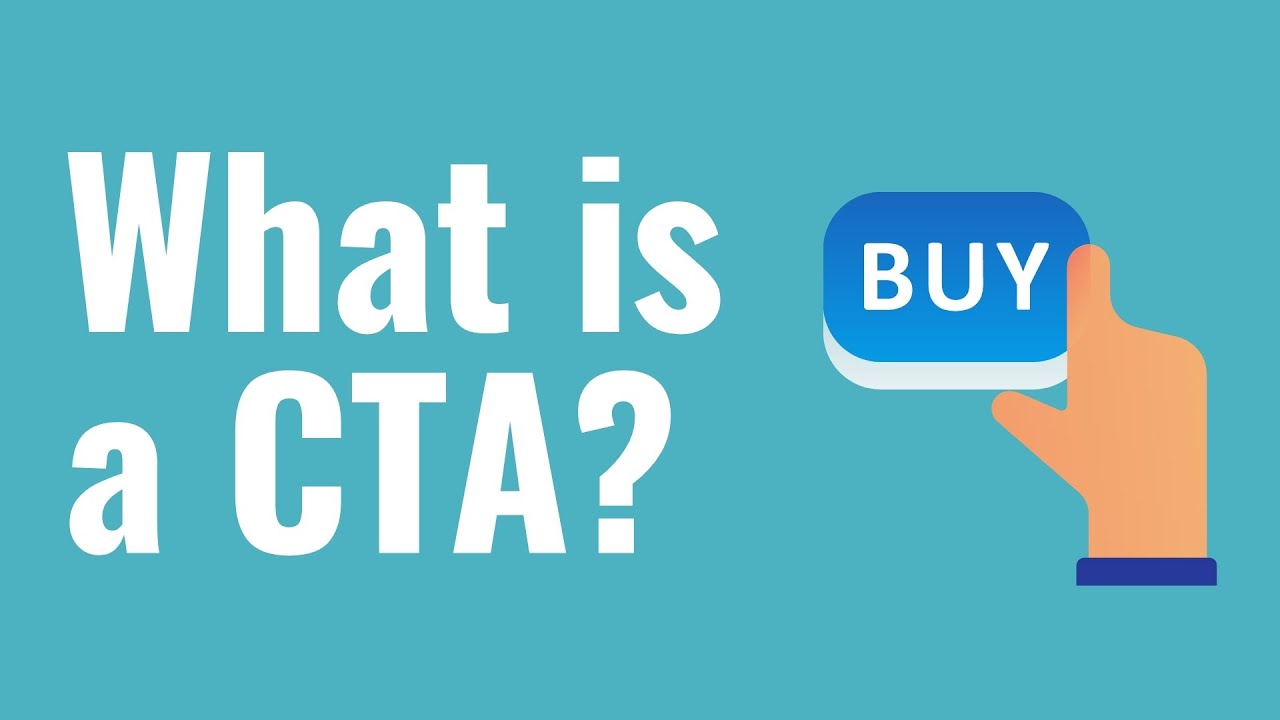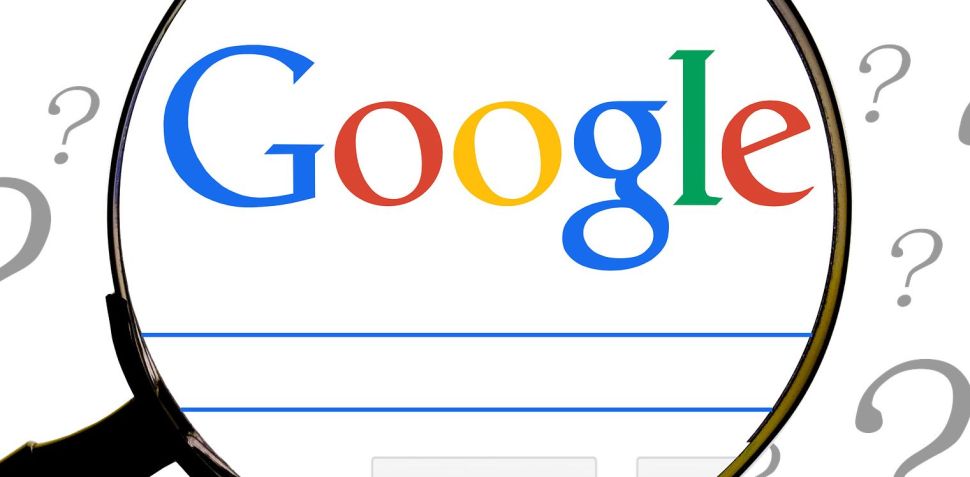Calls to action motivate your audience- A call to action is a message that encourages a user to take a specific action. In persuasive writing, examples of calls to action are common. A call to action is frequently included at the end of a blog post or video after a brand has made its point.
For example, a political action group might create an article about the necessity of voting in the upcoming election. Their article would most likely conclude with a request that readers register to vote, along with a link to a voter registration form.
A call to action button can also be found on homepages, in the right rail, or even above the nav bar. They'll be placed anywhere a firm knows their readers are looking to invite them to subscribe, peruse items, submit information, or any of a variety of other actions.
A well-crafted and given presentation alters people's thinking and motivates them to take action.
However, there is one aspect of a presentation that is sometimes overlooked: the call to action, or CTA, which serves as a significant turning point in your presentation (or any other form of persuasive communications too).
The call to action, which occurs shortly before the end of a persuasive speech, tells the audience what role they can play after they leave your presentation. The CTA assigns tangible responsibilities to audience members, and these tasks must be accomplished in order for your ideas to be realized. It's also a crucial component in making your speech persuasive.
Your audience may be completely engrossed in your story and persuaded to accept what you say, but if they leave with no notion of what to do with your ideas, your presentation will have been virtually pointless.
Because CTAs are such a vital component of a presentation, it's critical that you provide one that resonates with the audience. Keep in mind that one size does not fit all—and you'll need to personalize your CTAs if you want to produce a persuasive call to action.
People respond to many forms of calls to action depending on their personalities, daily activities, and aspirations, among other factors. As a result, it's critical to learn about your audience before deciding how togive their post-talk "to-dos." Once you've done that, you may rest assured that your call will be answered.

What is a CTA? Advertising and Marketing CTAs Explained For Beginners
What Makes Your Audience Tick, And Who Are They?
Doers, Suppliers, Influencers, and Innovators are the four types of people who can help you with your CTA. Your CTAs must strike a chord with your audience and make sense in terms of the abilities they bring to the table in order to motivate them to act.
When people can answer with an activity that connects with them, taking action will seem natural to them. All of these skills are present in audiences, and you should appeal to each of them in your presentations.
Getting "Doers" To Take Action
Doers are an organization's worker bees. They are the ones who listen to what has to be done and then carry it through. Doers aren't afraid of physical labor and have the capacity to rally the troops and motivate others to take action. Doers are the ones who keep a company running day in and day out.
If you're communicating to doers, you'll want to include action words in your CTA that clearly clarify what they should do. You might wish to ask them to put together, gather, try, or answer.
Getting Suppliers To Share Information
Doers are more action-oriented than suppliers. They do, however, have a lot of resources at their disposal, such as money, labor, and supplies. Suppliers have the resources to assist people in moving forward because of the quantity of resources they have. They can provide you with resources that you do not have.
Suppliers in your audience could be executives who could provide you with staff–or investors who are deciding whether or not to invest in a venture.
You need to use different terms to appeal to suppliers than you used to appeal to doers, because they aren't the ones who will be rushing to fulfill duties. Instead, you should request that they share their resources with you.
Words like acquire, fund, assist, and provide come to mind. These can serve to persuade people that they have something to contribute in order to effect change.
Influencing On Your Behalf
Influencers have the ability to sway people's opinions. They have the ability to transform the attitudes of individuals and groups of various sizes. People who mobilize others are known as influencers. They also know how to evangelize ideas and persuade individuals to change their minds and behaviors.
Many influencers are also leaders, and others look up to them and listen to what they have to say. Influencers can also be those who are in the spotlight and are seen as role models, such as celebrities or public figures.
When writing a call to action for an influencer audience, you want to appeal to their capacity to influence others. Empower, convert, and promote are all good call-to-action phrases for influencers. Many have social mediaaccounts where they can share what you need to make your vision a reality.
Inviting Others To Innovate
The innovator is the last category of audience member. When they hear an idea, innovators might think outside the box and come up with new methods to improve it. The brains of innovators are extraordinary.
They can devise tactics, clarify viewpoints, and create new products. These individuals have the ability to create something new where none previously existed.
Anyone can be a pioneer. Innovators, on the other hand, are frequently the founders of businesses or the creators of new goods. They can be engineers, artists, or businessowners, and they are responsible for fewer day-to-day activities and more intellectual labor.
Appeal to an innovator's ability to make things to gain their support. Offers to invent, explore, pioneer, or create are the best call to action slogans for innovators. You want to inspire a group of innovators to go home eager to create something new.
Make It Seem Irresistible To Take Action
It is critical to appeal to the diverse motivations of various audience members in order to elicit action. However, you shouldn't stop with your call to action if you want to ensure that your well-tailored CTAs are effective. Nobody wants to be enslaved by a never-ending to-do list.
Instead, offer a picture of what will happen to audience members once they execute the requested action after you present your CTA. When you use a CTA, it piques the interest of your audience, and they want to know what will happen when the action is completed. This sense of fulfillment – as well as a vision of the future – will motivate people to take action.
Alfred Chuang, the founder and CEO of Magnet Systems, recently gave a commencement speech at UC Davis that included an example of an effective call to action that explains what would happen if listeners choose to act.
Chuang urged the engineering graduates in the crowd to maintain working on creative projects and to recognize the value of an immigrant-rick workforce.
You've almost delivered the perfect presentation if you deliver a captivating and empathic presentation. All that's left is to include a call to action (CTA) that clearly describes what listeners can do to help you advance your idea – and a conclusion that offers a vision of what the world will be like if they help. Then you'll be able to leave your presentation knowing that you've given a discussion that will motivate people to take action.
Your Sales Funnel Will Be Motivated By CTAs
CTAs and sales funnels are inextricably linked. The calls to action operate as a bridge between the different stages of the buyer's journey. They tell the user what to do next and encourage them to act right away.
You must induce this action with a well-placed CTA throughout the sales funnel, whether you want your user to visit your blog, give you their contact information, download an e-book, or subscribe to an email list.
Use CTA best practices, such as writing your button's language in a way that emphasizes the benefits. Use “Get More Tips'' instead of “Subscribe!” as an example.
The easier it is to take the next step, the more likely it is that people will do so. Your call to action improves the user experience. Rather than leaving your audience guessing and wondering how to proceed, you provide the solution in the form of an eye-catching, brightly colored button that directs them to the next step in the purchasing process.
You've made it easy for your customers to move on to the next stage by removing the requirement to address a problem. Buyers have been trained to look for and use CTAs. Allow for a simple purchasing transaction by offering customers what they desire.
Customers Are Looking For Them
Customers want and expect calls to action, which is why they are so vital for businesses. Many users rely on the CTA at the bottom of the page to prompt them to take the next step. They've read your ad material, are interested in learning more about your company, and are looking for the CTA button to find out what they should do next.
By omitting the CTA, you risk confusing readers and jeopardizing your conversion possibilities. Customers will find it simple to perform what you want them to do with CTA buttons. That is beneficial to them as well as to the company.
When it comes to your brand, there are times when you want it to be predictable. Predictability establishes your company's credibility and makes it simple to work with. It pays to be as predictable and intuitive as possible when it comes to the CTA.
When visitors can't find your "Call Now!" or other call-to-action buttons, they're confused and unhappy. The campaign is planned to include strong calls to action on social media, websites, at the end of videos, copy messaging, digital advertising, and elsewhere.
They Help To Make Digital Advertising More Successful
Digital advertising is all about creating buzz about your product or service, catching people's attention, and enticing them to buy. The call to action is the missing piece of the puzzle that accentuates the ad copy's effectiveness. Your copy messaging will fall flat if you don't include a CTA.
It will lack the final hook that motivates customers to take action. In pay-per-click (PPC) advertising, call-to-actions (CTAs) are very significant. Including a call to action in your PPC campaign can assist you communicate the campaign's purpose to your target audience.
When it comes to making a solid first impression on your target audience, you typically only get one chance. There is no time to spend with PPC adsand other forms of digital advertising. Customers may choose to avoid your brand in favor of the competitors if you miss even the tiniest opportunity.
During the construction of ad campaigns, emphasize the need of a powerful, exciting call to action to your marketing team. Make the CTA the centerpiece of your ad design. You run the risk of your campaign falling on deaf ears if you don't. This is a risk that most businesses cannot afford.
Conclusion
A call to action is the finishing touch on any type of content. It is the cherry on top that every user (consciously or subconsciously) wants. Your lead has read or at least scanned your content, and may be on the fence about taking the next step.
The right CTA at the perfect moment can push the person in the right direction, sealing the conversion and ideally creating a loyal customer. The CTA can be a subtle or blunt way to tell your customer that he or she should take action now for the best benefit.
Whether you use your CTA to create a sense of urgency or to gently steer your users toward the checkout line, the important thing is that you use it. Ignoring the CTA is a rookie mistake that could make your numbers drop drastically. Next time you’re creating site content or ad copy, let your call to action shine. The results will follow.
What Will Be The Call To Action For Your Audience?
A call to action is a component of your message that instructs your audience on what they should do. If worded correctly, it also inspires them to do it. In marketing, it is the portion of an advertisement that is intended to convert viewers into customers—or, in marketing jargon, to increase your conversion rate.
What Is The Importance Of Call To Action?
The call to action is a critical component of a webpage, serving as a guidepost that instructs the user on what to do next. Without a clear CTA, the user may be unsure of the next actions to take to purchase a product or sign up for a subscription, and they are more likely to abandon the site without completing their job.
What Is A Call To Action On A Website?
A Call to Action (CTA) on a website is a directive to the visitor that encourages them to take some type of action. A Call to Action might be as easy as "call us now," "find out more," or "subscribe to our Newsletter."



